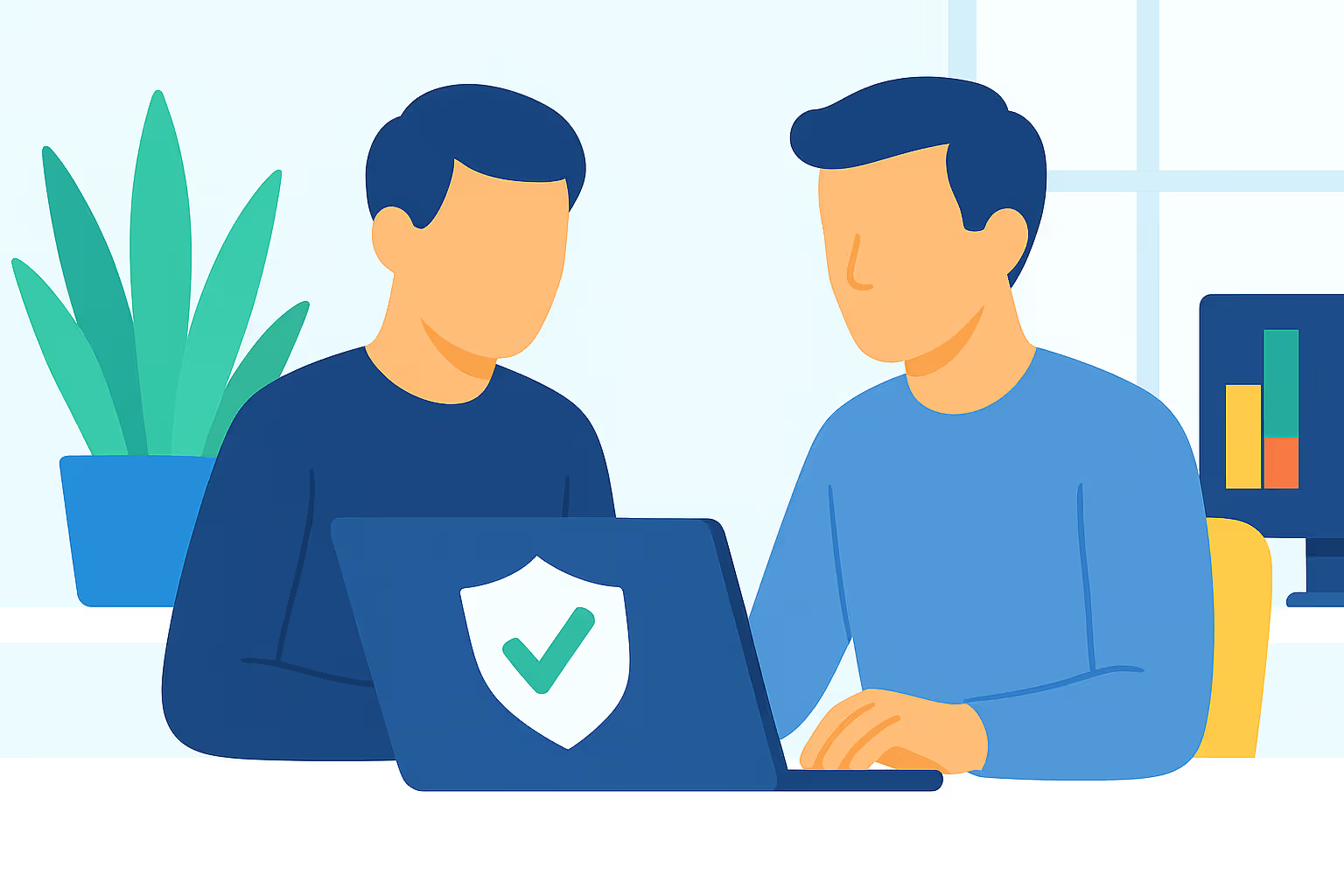
What is a WISP?
A Written Information Security Plan that spells out how your firm protects client data—required by the IRS (Pub. 4557) and many states.
Do I really need one?
Yes—if you handle taxpayer information, the IRS and most state boards expect a documented plan, even for solo preparers.
What must it cover?
• Data encryption & backups • Employee access controls • Incident-response steps • Ongoing risk assessments
How long does it take to draft?
A small firm can complete a solid first draft in a day using a good template and asset checklist.
How often do I update it?
Review at least annually—or sooner if you add new software, staff, or offices.
What are the penalties for ignoring it?
IRS can revoke your e-file privileges; states may levy fines; insurers may deny a cyber-claim without a WISP on file.
Does remote work change my WISP?
Absolutely. You must document VPN use, device hardening, and how home networks are secured.
How long does it take to draft?
A small firm can complete a solid first draft in a day using a good template and asset checklist.
Where should I store the plan?
Keep a signed PDF in your client-data vault and a printed copy on-site; regulators can ask for it without notice.
Need a ready-to-fill template or help drafting your WISP? Contact us—one session and you’ll be audit-ready.